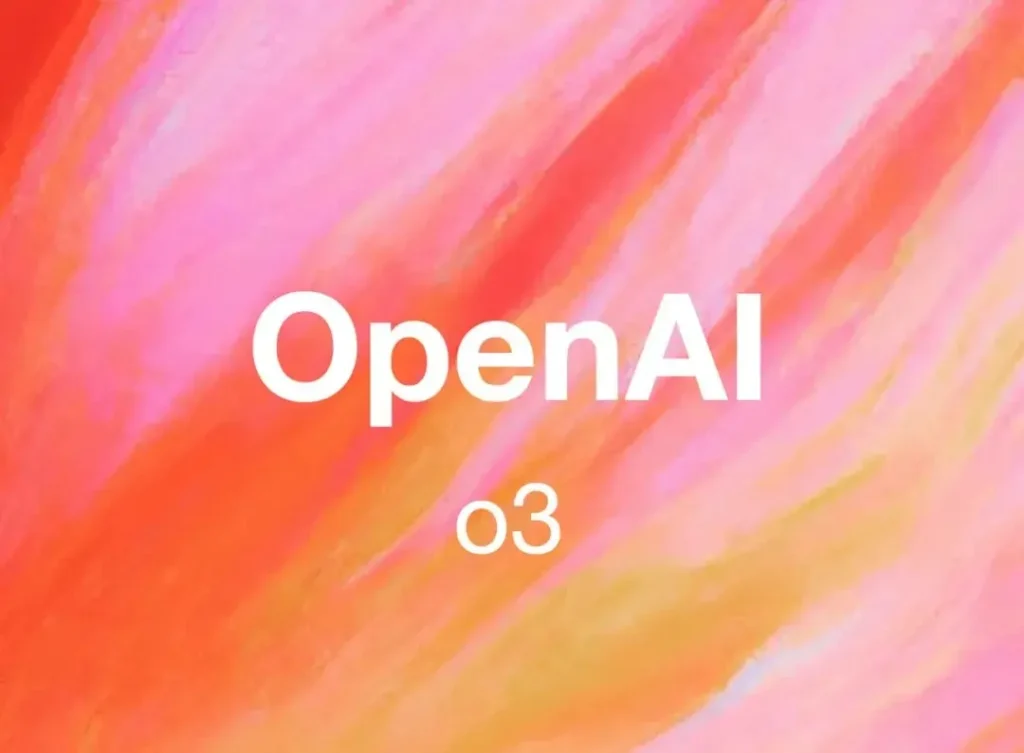How Much does o3 Model Cost? What Developer Need to Know

In recent months, OpenAI’s o3 “reasoning” model has attracted considerable attention—not only for its advanced problem-solving capabilities but also for the unexpectedly steep costs associated with running it. As enterprises, researchers, and individual developers evaluate whether to integrate o3 into their workflows, questions around pricing, compute requirements, and cost‐effectiveness have come to the forefront. This article synthesizes the latest news and expert analyses to answer key questions about o3’s pricing structure, task‐by‐task expenses, and long‐term affordability, guiding decision‑makers through a rapidly evolving AI economics landscape.
What is the o3 Model and why is its cost under scrutiny?
OpenAI introduced the o3 model as the latest evolution in its “o-series” of AI systems, designed to perform complex reasoning tasks by allocating more compute during inference. Early demos showcased o3’s superior performance on benchmarks such as ARC‑AGI, where it achieved an 87.5% score—nearly three times the performance of the previous o1 model, thanks to its test‑time compute strategies that explore multiple reasoning pathways before delivering an answer .
Origins and key capabilities
- Advanced reasoning: Unlike traditional “one‑shot” language models, o3 engages in iterative thinking, balancing breadth and depth to minimize errors on tasks involving mathematics, coding, and science .
- Multiple compute modes: o3 is offered in tiers (e.g., “low,” “medium,” and “high” compute), allowing users to trade off latency and cost against accuracy and thoroughness .
Partnership with ARC‑AGI
To validate its reasoning prowess, OpenAI partnered with the Arc Prize Foundation, administrators of the ARC‑AGI benchmark. Initial cost estimates for solving a single ARC‑AGI problem with o3 high were pegged at around $3,000. However, this figure was revised to approximately $30,000 per task—an order‑of‑magnitude increase that underscores the heavy compute requirements behind o3’s state‑of‑the‑art performance.
How is the o3 Model priced for API users?
For developers accessing o3 via the OpenAI API, pricing follows a token‑based scheme common across OpenAI’s portfolio. Understanding the breakdown of input versus output token costs is essential for budgeting and comparing models.
Token‑based pricing: input and output
- Input tokens: Users are charged $10 per 1 million input tokens processed by o3, covering the cost of encoding user prompts and context.
- Output tokens: Generating model responses incurs $40 per 1 million output tokens—reflecting the greater compute intensity of decoding multi‑step reasoning outputs.
- Cached input tokens (per 1 million tokens): \$2.50
Example: A API call that sends 500,000 input tokens and receives 250,000 output tokens would cost
– Input: (0.5 M / 1 M) × $10 = $5
– Output: (0.25 M / 1 M) × $40 = $10
– Total: $15 per call
Comparison with o4‑mini and other tiers
- GPT-4.1: Input \$2.00, cached input \$0.50, output \$8.00 per 1 M tokens.
- GPT-4.1 mini: Input \$0.40, cached input \$0.10, output \$1.60 per 1 M tokens.
- GPT-4.1 nano: Input \$0.10, cached input \$0.025, output \$0.40 per 1 M tokens.
- o4‑mini (OpenAI’s cost‑efficient reasoning model): Input \$1.10, cached input \$0.275, output \$4.40 per 1 M tokens.
By contrast, OpenAI’s lightweight o4‑mini model carries initial pricing of $1.10 per 1 M input tokens and $4.40 per 1 M output tokens—roughly one‑tenth of its rates . This differential highlights the premium placed on its deep reasoning capabilities, but it also means organizations must carefully assess whether the performance gains justify the substantially higher per‑token spend.

Why Is o3 So Much More Expensive Than Other Models?
Several factors contribute to its premium pricing:
1. Multi‑Step Reasoning Over Simple Completion
Unlike standard models, o3 breaks down complex problems into multiple “thinking” steps, evaluating alternate solution paths before generating a final answer. This reflective process requires many more forward passes through the neural network, multiplying compute usage.
2. Larger Model Size and Memory Footprint
o3’s architecture incorporates additional parameters and layers specifically tuned for tasks in coding, math, science, and vision. Handling high-resolution inputs (e.g., images for ARC‑AGI tasks) further amplifies GPU memory requirements and runtime.
3. Specialized Hardware and Infrastructure Costs
OpenAI reportedly runs o3 on cutting‑edge GPU clusters with high‑bandwidth interconnects, rack‑scale memory, and custom optimizations—investment that must be recouped through usage fees.
Taken together, these elements justify the gulf between o3 and models such as GPT‑4.1 mini, which prioritize speed and cost‑effectiveness over deep reasoning.
Are There Strategies to Mitigate o3’s High Costs?
Fortunately, OpenAI and third parties offer several cost‑management tactics:
1. Batch API Discounts
OpenAI’s Batch API promises 50% savings on input/output tokens for asynchronous workloads processed over 24 hours—ideal for non‑real‑time tasks and large‑scale data processing.
2. Cached Input Pricing
Utilizing cached input tokens (charged at \$2.50 per 1 M instead of \$10) for repetitive prompts can drastically lower bills in fine‑tuning or multi‑turn interactions.
3. o3‑mini and Tiered Models
- o3‑mini: A trimmed version with faster response times and reduced compute needs; expected to cost roughly \$1.10 input, \$4.40 output per 1 M tokens, similar to o4‑mini.
- o3‑mini‑high: Balances power and efficiency for coding tasks at intermediate rates.
- These options allow developers to choose the right balance of cost vs. performance.
4. Reserved Capacity and Enterprise Plans
Enterprise customers can negotiate custom contracts with committed usage levels, potentially unlocking lower per‑token fees and dedicated hardware resources.
Conclusion
OpenAI’s o3 model represents a significant leap in AI reasoning capabilities, delivering groundbreaking performance on challenging benchmarks. However, these achievements come at a premium: API rates of $10 per 1 M input tokens and $40 per 1 M output tokens, alongside per‑task expenses that can reach $30,000 in high‑compute scenarios. While such costs may be prohibitive for many use cases today, ongoing advances in model optimization, hardware innovation, and consumption models are poised to bring its reasoning power within reach of a broader audience. For organizations weighing the trade‑off between performance and budget, a hybrid approach—combining o3 for mission‑critical reasoning tasks with more economical models like o4‑mini for routine interactions—may offer the most pragmatic path forward.
Getting Started
CometAPI provides a unified REST interface that aggregates hundreds of AI models—under a consistent endpoint, with built-in API-key management, usage quotas, and billing dashboards. Instead of juggling multiple vendor URLs and credentials.
Developers can access O3 API through CometAPI. To begin, explore the model’s capabilities in the Playground and consult the API guide for detailed instructions.


